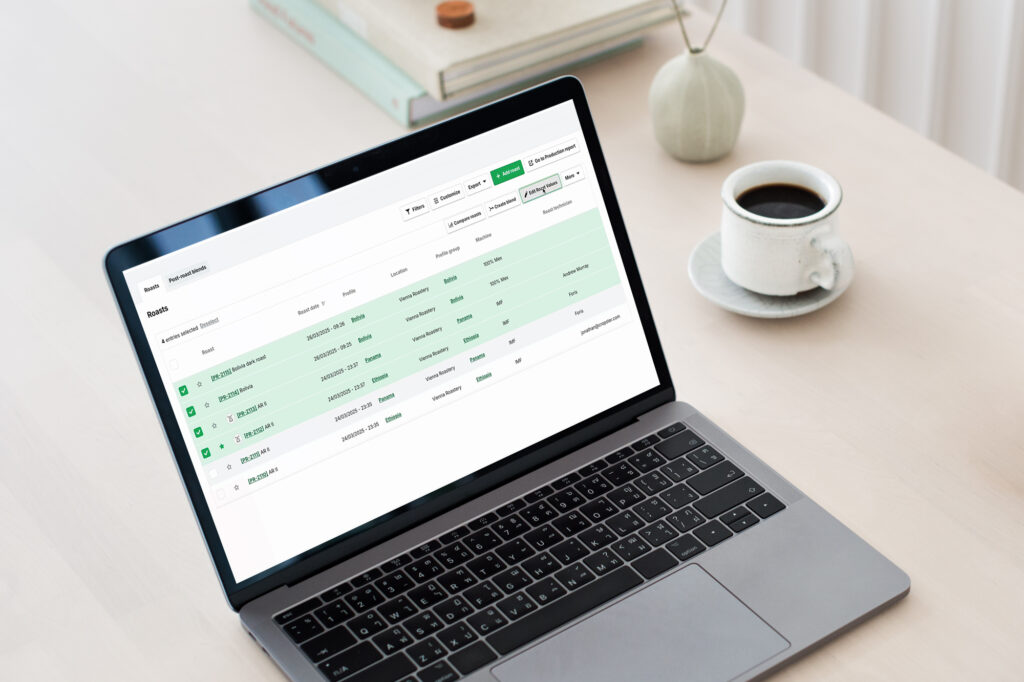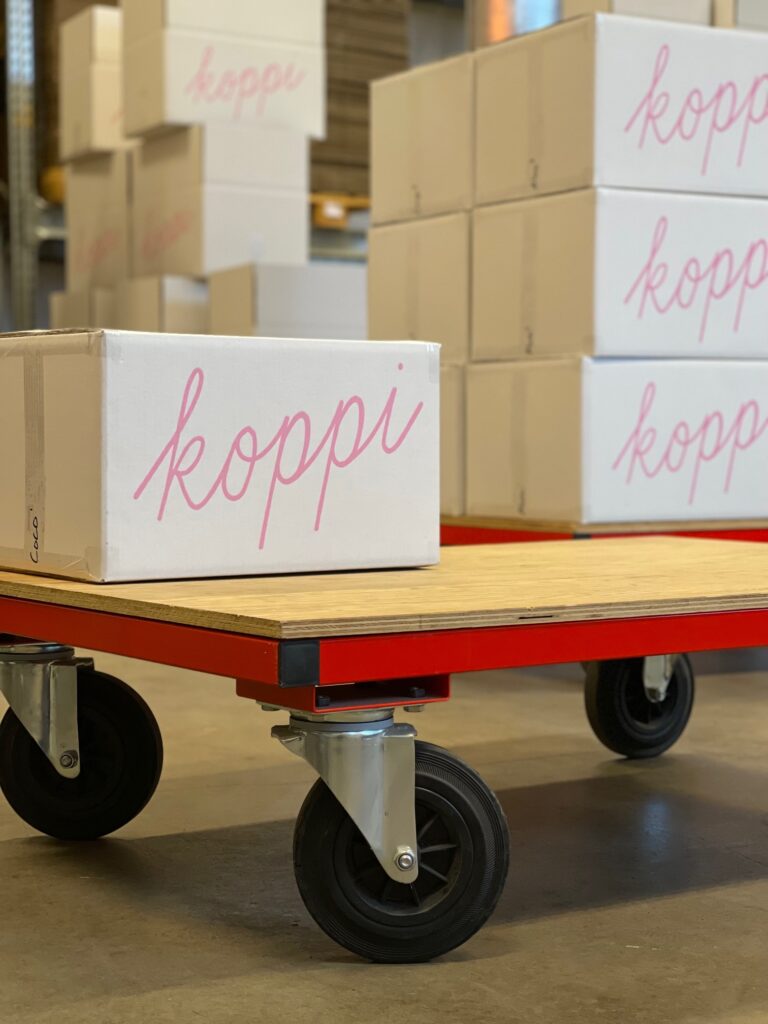How to Thrive During the Coffee Price Crisis: Strategies for Roasters and Cafes

| Cropster
The coffee industry is currently grappling with unprecedented challenges as green coffee prices reach record highs. These fluctuations in C Market Prices may significantly impact your revenue, while recent import tariffs have heightened uncertainty, raising concerns about a potential economic downturn. Tariffs are particularly troubling for specialty coffee businesses that depend heavily on single-origin beans, with Vietnam facing a staggering 46% increase and Central American nations seeing a 10-18% rise.
The consequences aren’t just financial; for many businesses operating on thin margins, the situation is existential.
Taking Action Now
The biggest mistake coffee businesses can make right now is waiting for conditions to improve on their own. The current price and tariff situation could persist for years, not months. Businesses that adapt quickly will have the advantage.
While you can’t control coffee prices or trade policies, you can optimize your operations. Start by assessing your operations, identifying vulnerabilities like over-reliance on heavily tariffed origins or inefficiencies.
Remember that challenges often create opportunities. Some businesses will emerge from this period stronger, with more efficient operations and deeper customer relationships. With the right approach, yours can be among them.
Start making things better for yourself today. Here are concrete steps on how to achieve that!
Smart Green Coffee Management
- Real-Time Inventory Tracking
Use inventory management tools for visibility across all locations. This proactive approach enables informed purchasing decisions based on availability and price, preventing costly shortages and excess stock. - Diversify Sourcing Strategy
Stay informed about current prices, tariffs, and trading options for various coffee origins. For instance, Central America expects a 10% tariff increase, while Vietnam faces a 36% hike. This knowledge helps you adapt effectively to market changes.
Read more about U.S. Green Coffee Tariffs in this article by Alejandro Cadena, CEO of Caravela Coffee.
- Explore Alternative Species and Processing Methods
Robusta prices haven’t risen as dramatically as Arabica. Consider incorporating quality Robustas into some blends to manage costs without sacrificing quality, where appropriate.
“We’ve started working with a cooperative in Brazil producing exceptional Robustas. Our customers actually enjoy the new flavor profile in certain drinks, and it’s helping us maintain our price points,” shares a roaster from Chicago.
Better Roasting and Fulfillment Operations
- Smart Batch Consolidation
Plan roasting days around consolidated orders to avoid unnecessary roasting. Use effective inventory tracking to minimize waste and maximize efficiency. Understand consumption patterns to make smarter purchasing decisions. - Between Batch Protocols
Implement rigorous protocols to save on energy costs during roasting. Simple measures like proper cooling between batches and maintaining consistent environmental conditions can reduce energy consumption by up to 15%, boosting profitability. - Intelligent Automation
Streamline roasting processes to maintain consistency while allowing your team to focus on quality control and customer relationships—crucial aspects during challenging times.
Cafe Efficiency Measures
- Minimize Unsold Coffee
Reduce waste by comparing brewed coffee against POS sales data. Up to 20% of brewed coffee is typically wasted in cafes. Identifying this overproduction can lead to significant cost savings.
Read More on How to Boost Your Profitability with Inventory Tracking. - Remote Fuel Cost Monitoring
Use remote monitoring for espresso machines and brewing equipment to save on unnecessary site visits while maintaining consistency across locations.
Learn About our Weekly Remote Email Reports (available for Roasters and Cafe Chain Managers)
- Demand-Based Staffing
Align staff schedules with peak hours to meet increased demand efficiently. Consider implementing shorter shifts during slower periods to optimize labor costs.
Building Trust in Your Community
Transparency with customers is crucial in these challenging times. While the coffee-drinking public may not fully grasp the reasons behind price increases, most will appreciate honest communication about industry challenges. Consider hosting educational events to explain current market conditions and emphasize the importance of supporting local coffee businesses. This isn’t just good marketing—it’s community building that can sustain your business through difficult times.
Industry collaboration is equally important. Share information about sourcing alternatives with fellow roasters and consider joint purchasing arrangements for better negotiating power. Remember, a thriving local coffee scene benefits everyone involved.
Key Strategies:
- Support One Another
Build a strong community to navigate challenges together. Collaborate during both good and bad times to create a resilient local coffee industry.
- Educate & Raise Awareness
Use transparency to build customer loyalty. Host educational events to explain market conditions and the value of supporting local businesses.
- Take Proactive Steps
Don’t wait for conditions to improve. Implement positive changes now with the support of industry partners like Cropster, who can help you navigate these turbulent times and work toward success.
Book a demo and let’s discuss how we can support your business.

